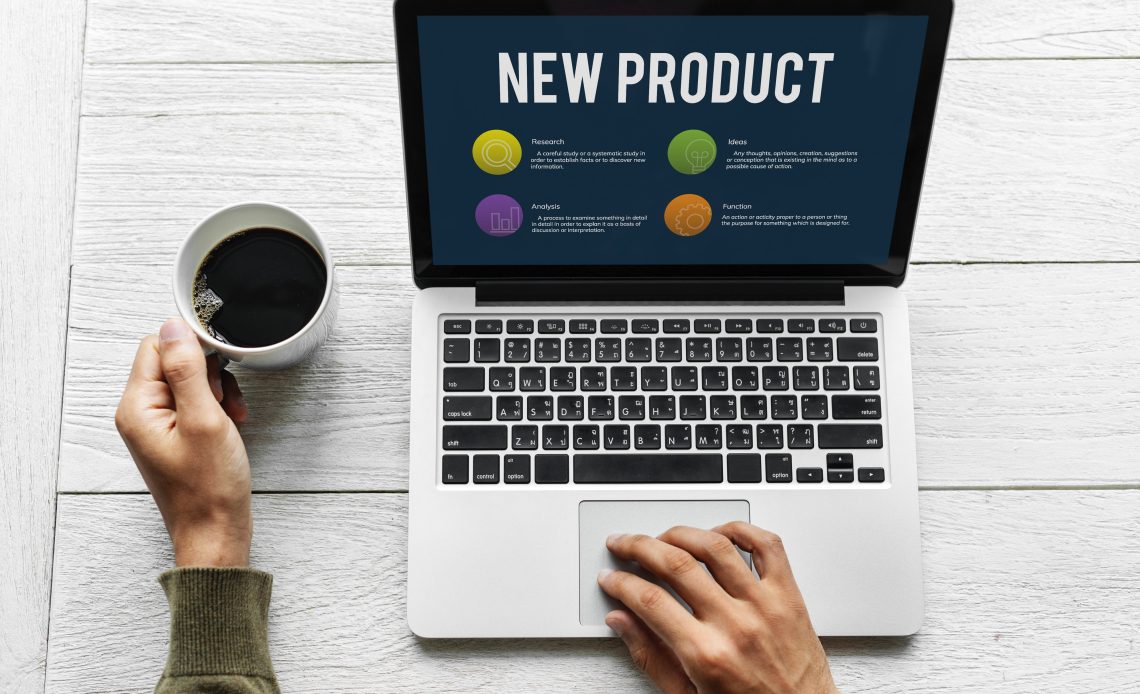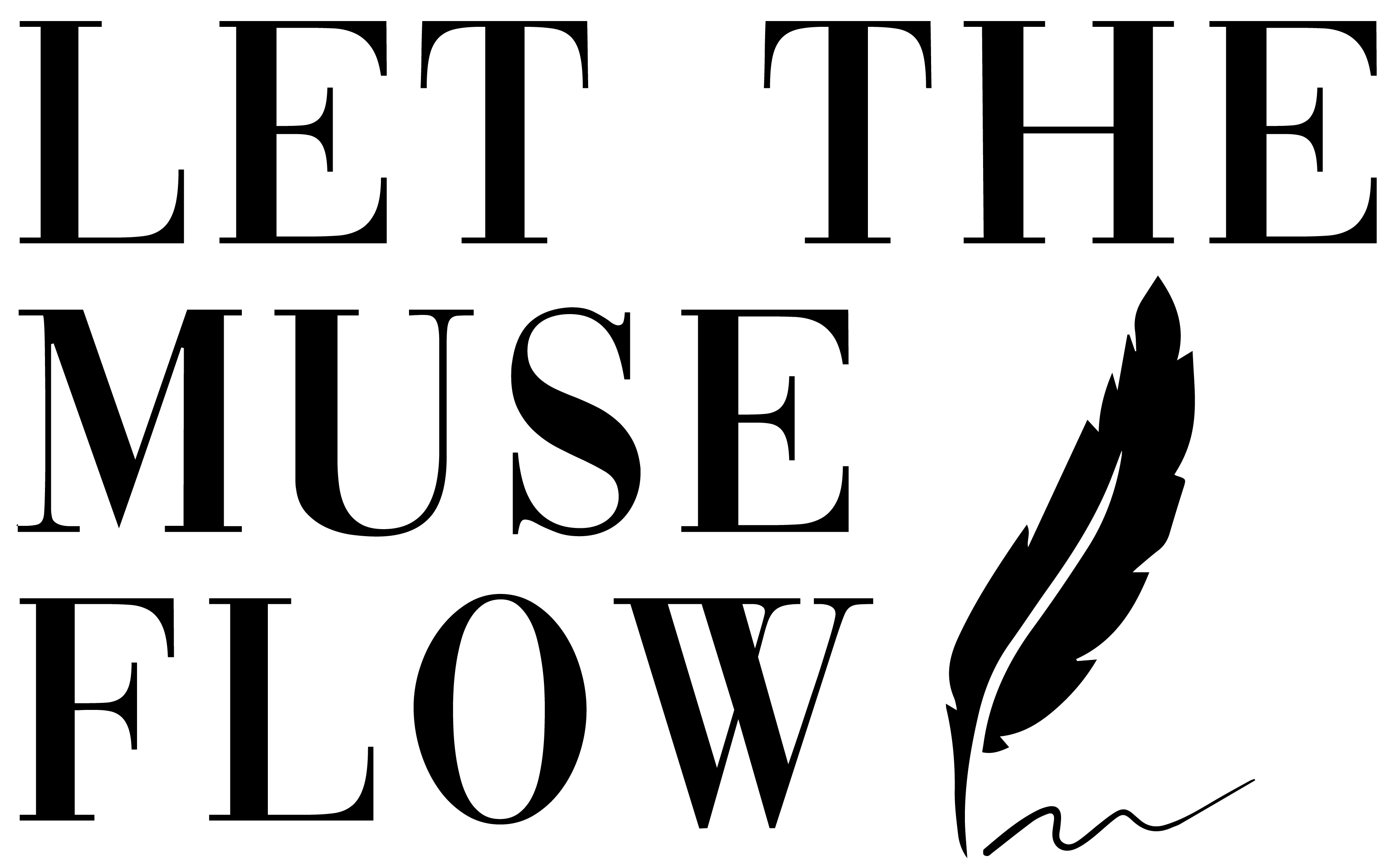
Just recently I finished my inbound marketing certification – and I did well! And I finished this certification from HubSpot Academy: yes, I am a big fan of Brian Halligan.
To tell you something, I have never been more impressed with HubSpot’s content the way I experienced the brand identity in consistent yet different conversational forms.
No other content brand has been able to communicate the power of inbound philosophy better than HubSpot.
That said, what is inbound?
In my lexicon, it is: welcoming your customers or audience with ‘love’ to experience your brand at every communication touch-point. And then gradually taking care of their needs, wants, aspirations and desires through effective nurturing in the form of content and storytelling (though it’s implied to use this word, but still I reinforce).
So here are a few reasons why brands need to go inbound:
- Permission helps. No one likes intrusive/ interruptive marketing; people love conversations when they practice permission marketing. It’s important to respect your audience’s time and space rather than thrusting them with your content quandary. Let your audience agreeably know more about you, with relevant reading pivots, instead of being inundated with content complex.
- Not just about lead generation. While inbound approach helps in generating more business via online content creation for a set of audience/ buyer personas, but it has a wider impact on the organization. Inbound, per the HubSpot certification I pursued, is a mindset. And such a mindset helps your organization to listen more deliberately to what your customers and prospective buyers need – functionally and emotionally – instead of just creating content that is not relevant. That way, your organization can be more aligned with other divisions/ functional layers and speak the same, consistent brand language.
- Inbound nurtures your happy customers. Why not just agree with the fact that retaining your existing customers happily will get you more business in the long-haul than just being acquisition-oriented. Sure, customer acquisition is the oil that your business engine needs to churn better results. But managing your short-term results with long-term outcomes is how you should effectively straddle along. Once you care about your customers’ innate pain points and challenges, they gladly recommend your work to others companies: this is called brand advocacy in action.
- It’s all about your customer stories. Inbound amplifies earned attention instead of just talking about your organization’s products, solutions and self-proclaimed ‘goobledygook’. Your audience is more interested in how you shaped your clients’ business for the better – in both numbers and emotional impact. They want to hear stories that make them feel a part of your inbound journey. Just like what I heard in the LinkedIn masterclass at the Content Marketing Summit – ‘Your customer journey is your content journey’.
- Trust over skepticism. Inbound can bolster your customers’ trust in your organization. By curating content based on your buyer personas, you audience starts to feel ‘being listened to’. And then the magic happens: they start trusting you for making them feel special and comfortable in their respective buying journey with your organization. No more bombastic e-mails pinning down your audiences’ inbox without any regard to their reading preferences. Content curation via inbound marketing establishes a trustable rapport between you and your audience.
- Branding goes to a completely new level! There’s a saying by Lao-tzu: “To attain knowledge add things every day. To attain wisdom subtract things every day.” As is with your brand. Inbound helps your brand in understanding what needs to be whittled out and what still remains as a part of your brand persona. How? Once you pay attention to the customer experience, you sense what touch-points work the best and why others don’t. And this careful distillation of the ‘wheat from the chaff’ strengthens your brand message, language and purpose. While you don’t re-purpose what your brand stands for – as some things are static for the better, but your marketing complex and messages definitely can be recalibrated based on the information/ feedback your receive from your customers, industry stakeholders and employees.
- And then comes the culture! Having an inbound mindset at the top (on the leadership level) can help your organization to understand the value of every customer experience. Every customer interaction improves the way your organization responds to business discussions, meetings and new customer avenues. Your organization thrives on not just building inbound business but also a culture designed to listen to every employee and customer.
Over to you.
Have you gone inbound yet?
Let me know!

